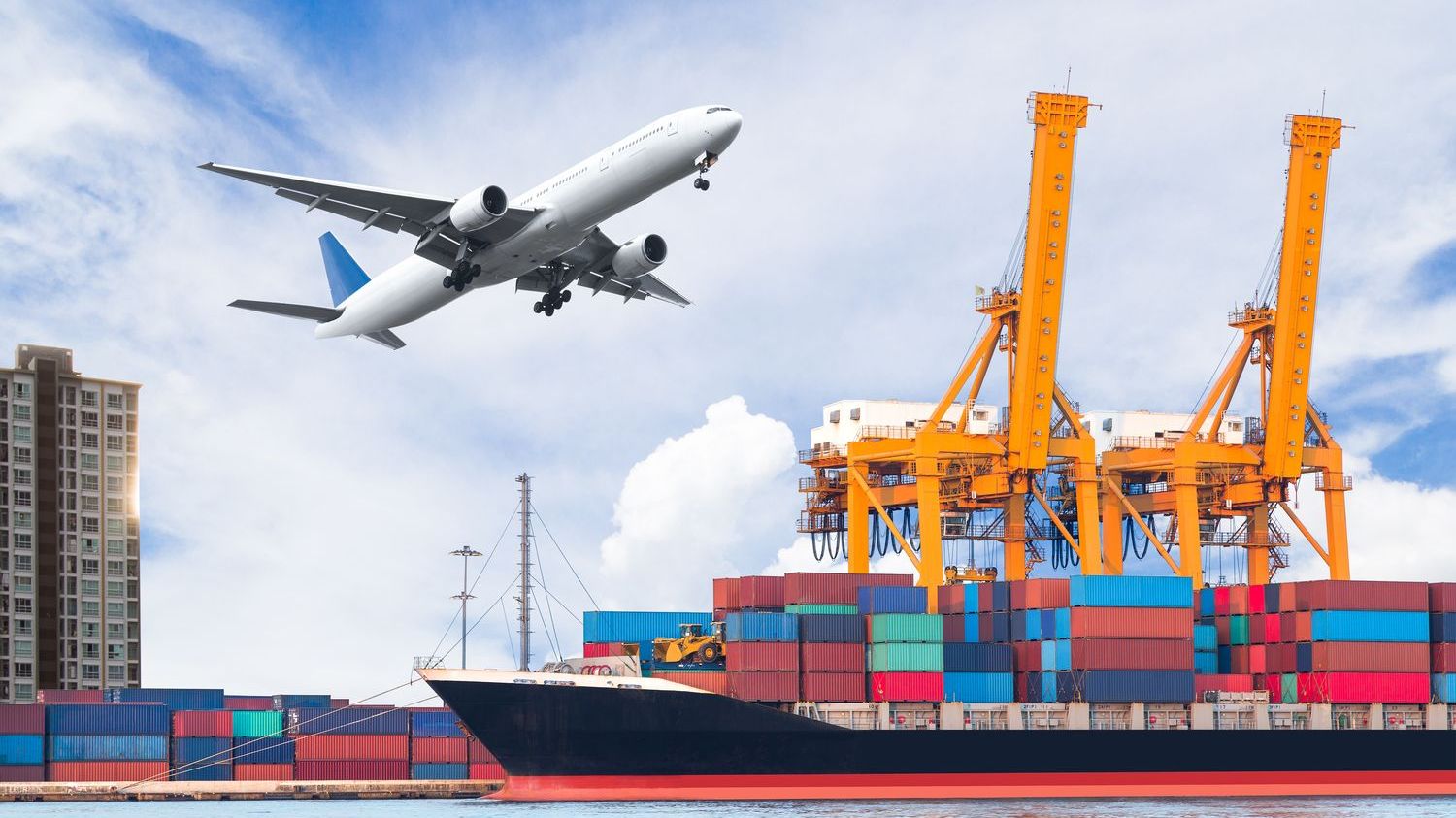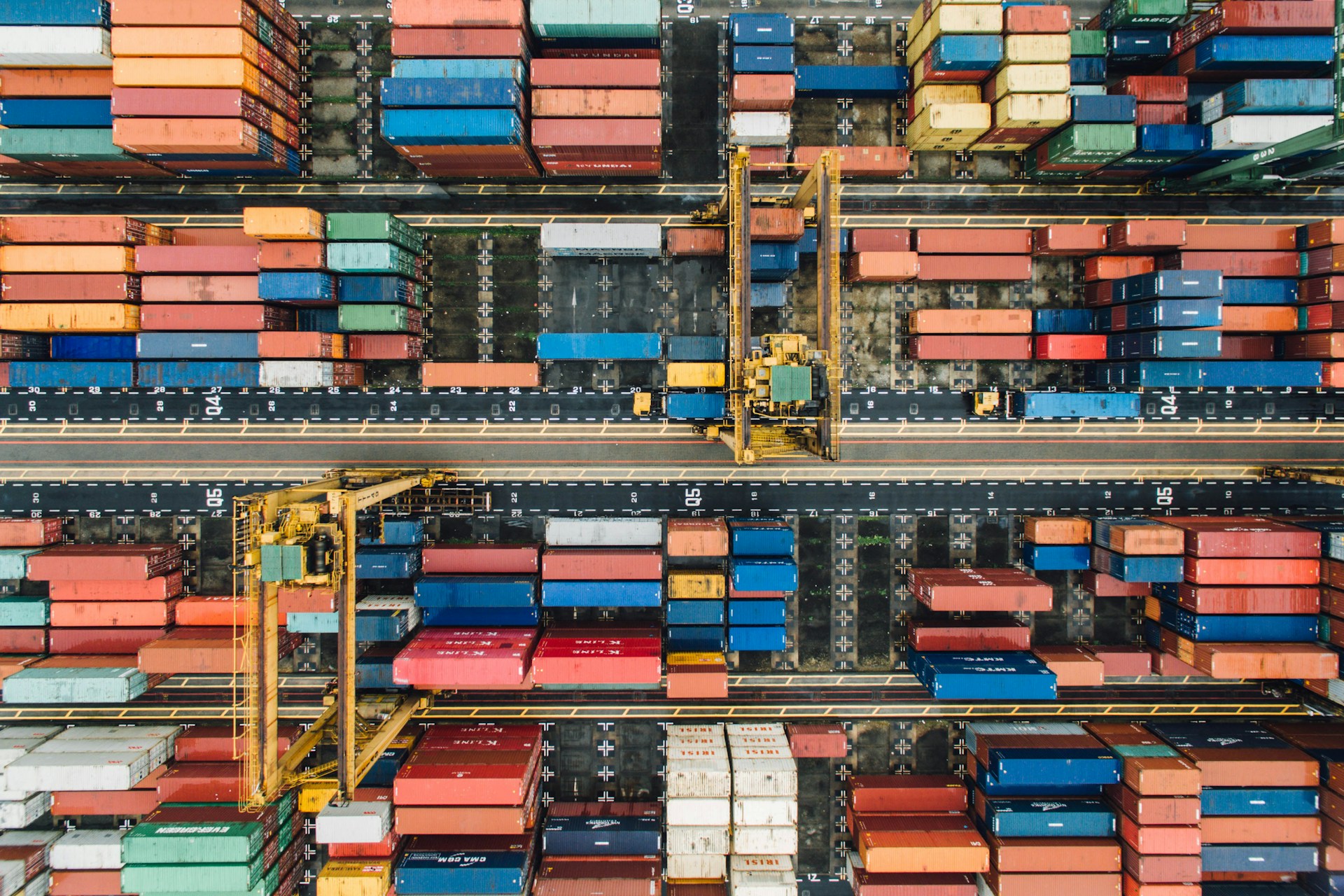Freight Shipping from China to the UK: A Comprehensive Guide for Efficient and Reliable Delivery
In today’s globalized business landscape, trade between countries has become an essential aspect of many enterprises. One such vital connection is the transit of goods from China, the world’s manufacturing hub, to the United Kingdom, a major consumer market. With millions of products being shipped daily, choosing the right freight shipping service is crucial for businesses looking to minimize costs, ensure timely delivery, and maintain their reputation. In this context, XRGLOBAL stands out as a reliable and efficient partner for companies seeking to navigate the complexities of international logistics.
China, renowned for its vast manufacturing base and low labor costs, is the epicenter of numerous supply chains worldwide. From electronics to textiles, the country exports a diverse array of goods that find their way to various destinations, including the UK. When it comes to freight shipping from China to the UK, several factors come into play, such as cost, speed, customs clearance, and documentation. Understanding these aspects is paramount for businesses making informed decisions.
One of the primary concerns for importers is finding a shipping method that offers competitive rates while maintaining transparency and security. XRGLOBAL, with its extensive network and expertise, offers competitive freight forwarding services, ensuring that your shipments reach their destination at a fraction of the cost you might encounter with other carriers. By leveraging economies of scale and strategic partnerships, they negotiate favorable rates without compromising on quality or service.
Speed is another critical factor, especially for time-sensitive products like fashion items or perishables. XRGLOBAL understands the importance of expediting deliveries and provides a range of options, including air freight and sea freight, tailored to meet your specific needs. Air cargo is ideal for urgent shipments, offering faster transit times but at a premium compared to sea freight, which is more cost-effective but slower.XRGLOBAL’s well-coordinated operations and global logistics network enable them to streamline the entire process, minimizing transit time and reducing the risk of delays.
Navigating customs regulations is a minefield, and non-compliance can lead to costly fines or even product seizures. XRGLOBAL’s dedicated team of experts is well-versed in UK customs procedures and ensures that all necessary paperwork is in order, saving you the hassle of dealing with complex bureaucracy. They stay updated with the latest changes to customs laws, allowing for seamless clearance and timely delivery of your goods.
When it comes to cargo handling, XRGLOBAL prioritizes safety and care. Their warehouses in China and the UK are equipped with state-of-the-art facilities, adhering to strict quality standards. They handle every shipment with extreme care, using specialized packing techniques to protect your goods during transit. This attention to detail ensures minimal damage or loss, giving you peace of mind throughout the shipping process.
In addition to these core services, XRGLOBAL offers value-added services like supply chain management, inventory control, and reverse logistics. These services help businesses streamline their operations, reduce storage costs, and manage returns efficiently. By partnering with XRGLOBAL, you gain a comprehensive solution that caters to your entire logistics needs, from production to final delivery.
Moreover, XRGLOBAL‘s commitment to sustainability is commendable. They strive to minimize the environmental impact of their operations by adopting eco-friendly practices, such as using fuel-efficient vehicles and optimizing routes. This not only aligns with the growing demand for green logistics but also demonstrates their dedication to corporate social responsibility.
In conclusion, freight shipping from China to the UK is a complex process that requires careful consideration and reliable partners. XRGLOBAL,凭借其全球网络、专业团队、 and commitment to customer satisfaction, emerges as a standout choice for businesses seeking efficient and cost-effective solutions. By entrusting your cargo to XRGLOBAL, you can rest assured that your products will arrive at their destination promptly, securely, and compliant with all regulations. In an increasingly competitive global marketplace, choosing the right freight shipping partner can make all the difference in your company’s success.



